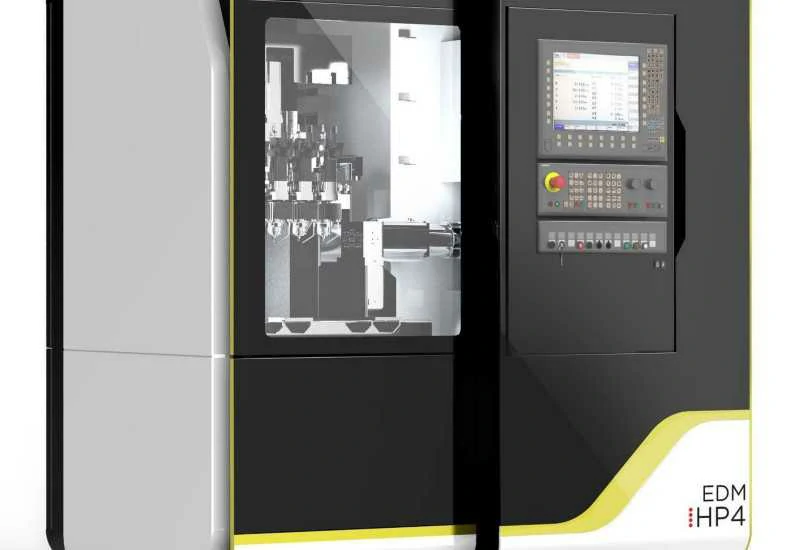What is the common printer file format
3 min read
Printer file format is a common term used to describe the type of files that printers can read and convert into output that is printed on paper. There are several different types of printer file formats that exist, each with their own set of features, advantages, and disadvantages.
In this article, we will explore the various types of common printer file formats that are used today and delve deeper into their functionality and impact on the printing industry.
PostScript (PS)
PostScript (PS) is a printer file format that was developed by Adobe Systems in the early 1980s. It was one of the first vector-based printer file formats and quickly became popular due to its ability to produce high-quality text and graphics.
One of the main advantages of PS is its ability to create crisp lines and sharp contrasts between black and white text. It is also an ideal choice for printing complex graphics and images.
However, as technology has advanced, the PS format has become less popular due to its large file sizes and lack of compatibility with some of the latest printer models.
Portable Document Format (PDF)
Portable Document Format (PDF) is a printer file format that was created by Adobe Systems in 1993. The main advantage of PDF is its ability to preserve the layout, fonts, and images of a document across different devices and operating systems.
PDF files can also be password-protected, allowing users to control who can access and make changes to the original document.
Additionally, PDF files are often smaller than other printer file formats, making them easier to share and store online. This makes PDF a great option for businesses and individuals who need to distribute documents to a large number of people.
Joint Photographic Experts Group (JPEG)
Joint Photographic Experts Group (JPEG) is a printer file format that was developed in the early 1990s as a method for compressing digital images without losing quality.
The main advantage of JPEG is its ability to reduce the size of digital images while maintaining their quality. This makes it ideal for printing high-quality photos and images without taking up too much space on a computer or printer.
However, one of the main disadvantages of JPEG is that it is a lossy compression format, meaning that some of the original image data is lost during the compression process. As a result, JPEG may not be the best option for certain types of graphics or high-quality printing.
Graphics Interchange Format (GIF)
Graphics Interchange Format (GIF) is a printer file format that was created in 1987 by CompuServe. It was designed as a way to compress bitmap images and has since become popular due to its ability to animate images.
One of the main advantages of GIF is its small file size, which makes it ideal for sharing images online or via email. Additionally, the ability to animate GIFs has made them popular in the world of social media and advertising.
However, GIF has some limitations when it comes to printing, particularly when it comes to color. Because GIF uses a limited color palette (256 colors), it may not reproduce some colors as accurately as other printer file formats.
Scalable Vector Graphics (SVG)
Scalable Vector Graphics (SVG) is a printer file format that was created in 1999 by the World Wide Web Consortium (W3C). It is a vector-based format, meaning that it uses mathematically-defined shapes and lines to create images rather than pixels.
The main advantage of SVG is its ability to scale images without losing quality. This makes it ideal for printing logos, diagrams, and other images that need to be resized without sacrificing quality.
Additionally, SVG files are often smaller than other printer file formats, making them easier to store and share online. However, SVG does have some limitations when it comes to complex graphics and images, as it may not be able to reproduce certain effects or styles.
Conclusion
In conclusion, there are several different types of printer file formats that are used today. Each format has its own set of features, advantages, and disadvantages, and the choice of file format will depend on the specific needs of the user.
Whether it is the crisp lines and sharp contrasts of PostScript, the ability to preserve layout and fonts of PDF, the compression of JPEG, the animation of GIF, or the scalability of SVG, there is a printer file format that is right for every application.
.webp)



